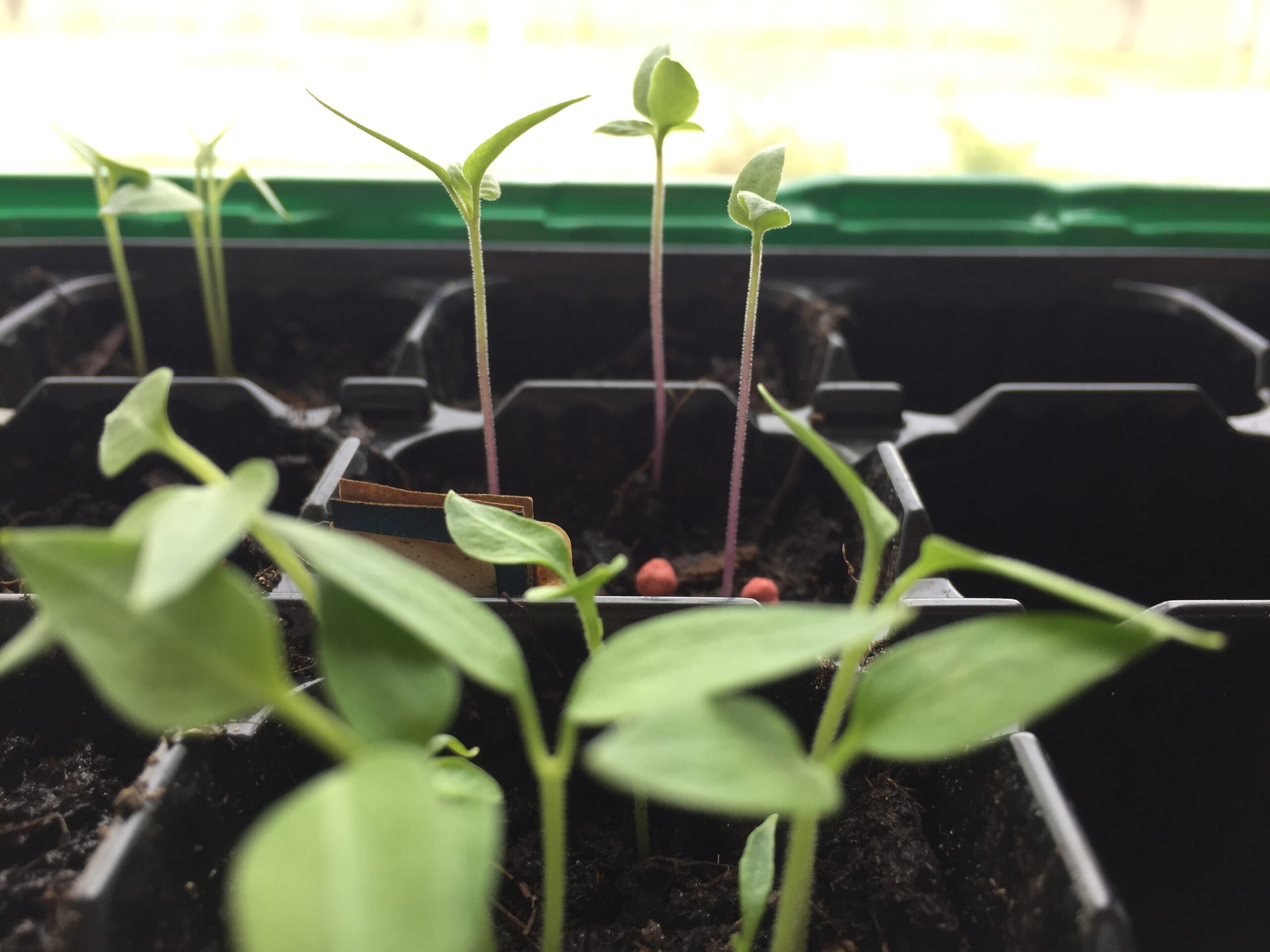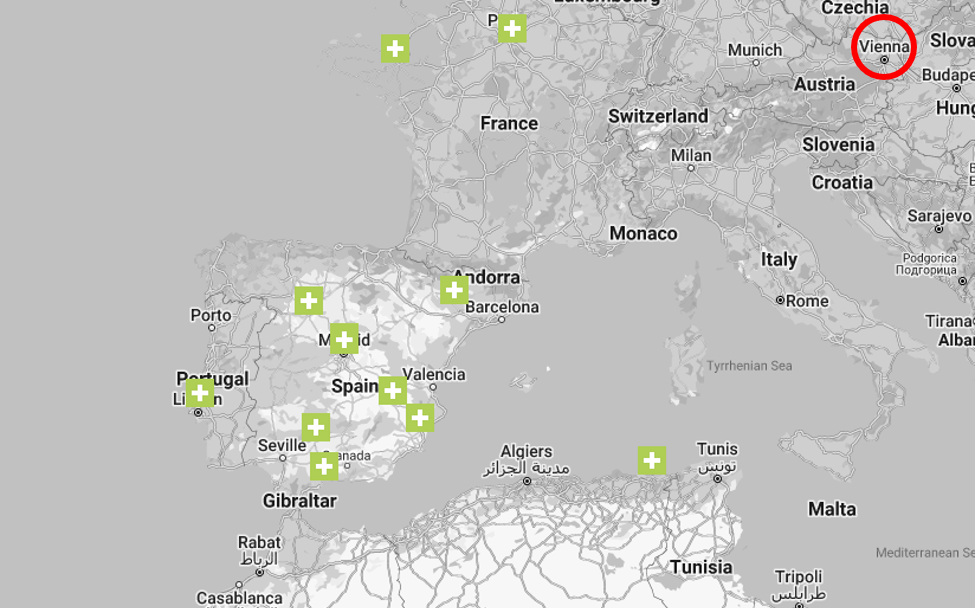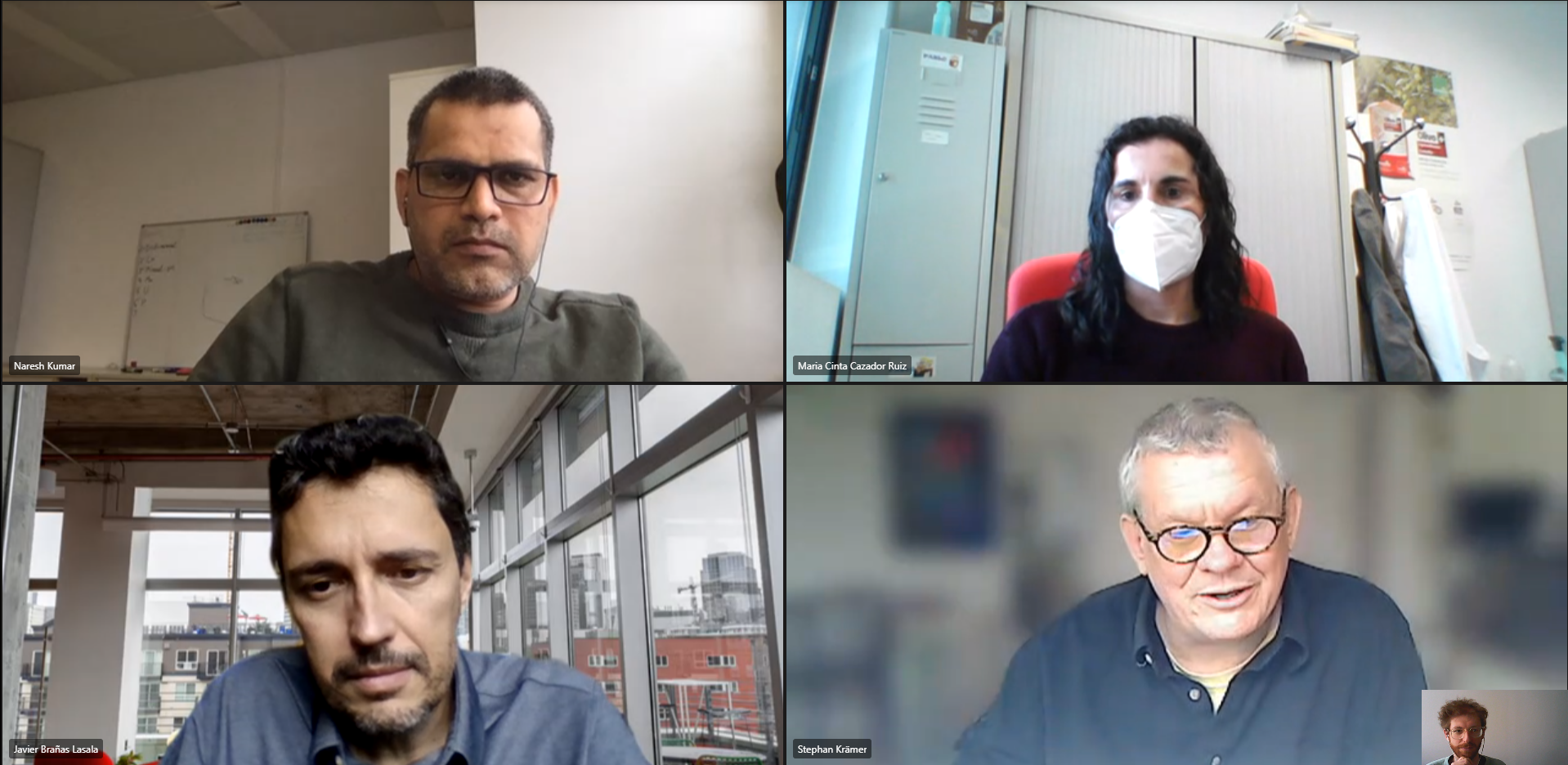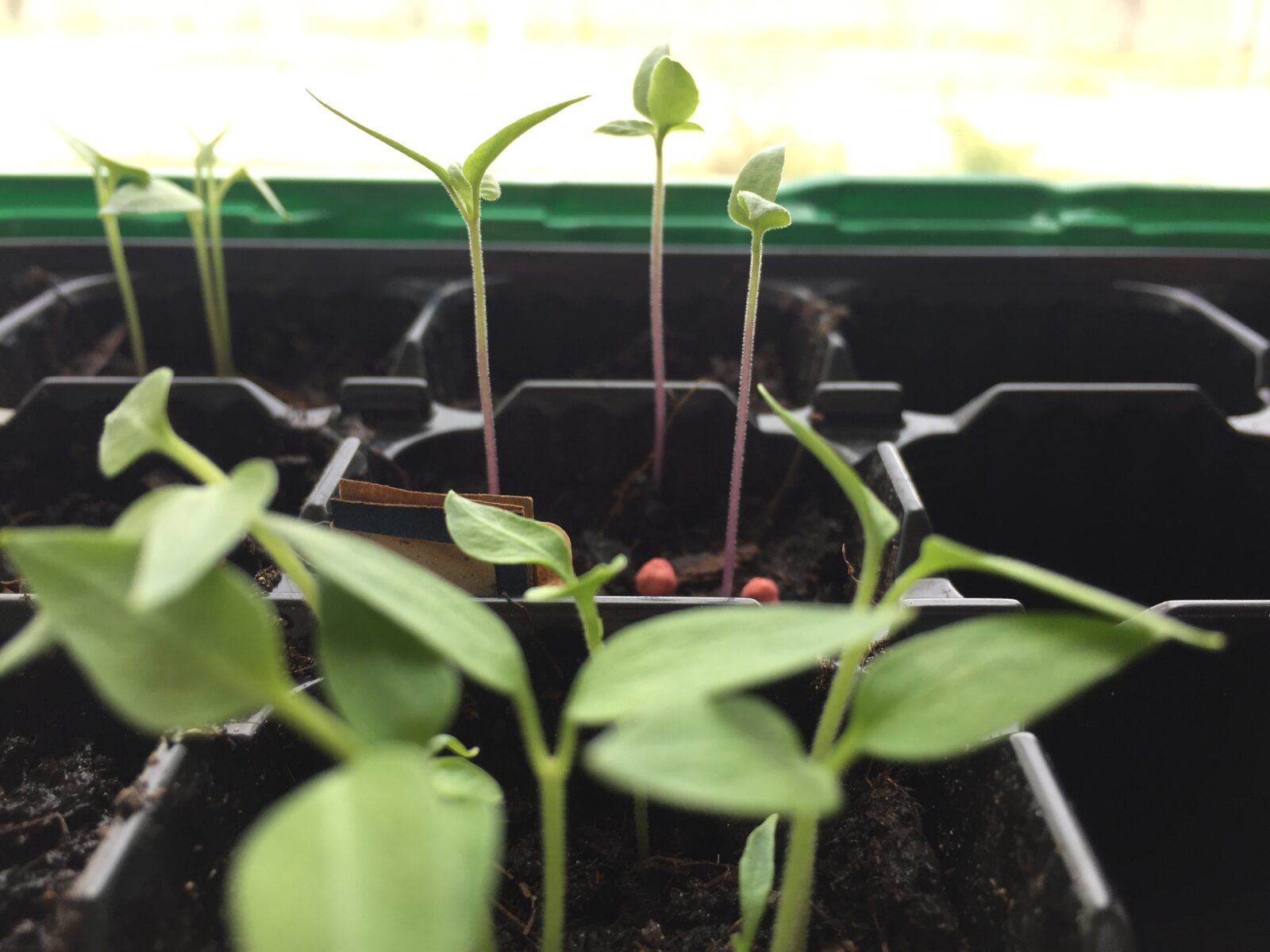Blogs
A remote search for vivianite

Hi, I’m Rouven and in this blog I want to report about my secondment at Fertiberia – or better with Fertiberia, since the pandemic kept me away from visiting Fertiberia in Spain in person. Instead we tried our best, improvising a remote secondment here in Vienna.
What is Fertiberia?
Fertiberia is not only a non-academic partner organization in our P-Trap consortium, but the biggest producer of fertilisers in Spain and with activities in more than 80 countries. Typically, fertilisers consist mainly of the three macro nutrients which are essential for plants to grow. Those three nutrients are nitrogen (N), phosphorus (P) and potassium (K) – so they are often just called “NPK-fertilisers”. While N can be extracted out of air by using the “Haber-Bosch” procedure, P and K are mining products and thus limited resources.

Fertiberia is active in many countries in Europe, indicated by the crosses on the map above, and I was invited to Spain to do my Secondment in the R&D department. But unfortunately, due to the pandemic, I had to stay in Vienna and do a remote Secondment – nothing compared to a in-person secondment, but we all did our best to get the most out of it.
Towards more sustainable fertilizers
In the P-Trap project our research is aiming for a circular economy and the recycling of the nutrient P. Also, Fertiberia is interested in more sustainable fertiliser products and their research and development departure was testing the incorporation of recycled P as vivianite (an iron-phosphate mineral) into a marketable NPK-fertilizer. However, marketable fertiliser need to have some certain properties and are mainly sold in granulated form, which makes it convenient for famers to dispense evenly a certain amount of fertiliser on their fields. During this granulation process harsh chemical conditions arise as e.g. high temperature and high acidity, which is in general not a problem for the NPK-fertilizers, but the added recycled vivianite might not withstand these conditions and might transform into another solid phase which is less available for plants, resulting in a less efficient fertilizer.
Promising previous results
In previous pot and field trials Fertiberia’s R&D department could show, that vivianite-incorporated NPK-fertilizer is as efficient, or even more efficient than regular NPK-fertilizer without vivianite addition, comparing chlorophyll content and biomass yield. Additionally, iron chlorosis – typical for calcareous, Mediterranean soils – could be prevented. The results suggested, that vivianite might be plant available, despite its comparably low water-solubility… – But is the added vivianite still vivianite? – or did it already transform into another solid phase?
What’s the problem?
During my PhD I am mainly focusing on the mineral vivianite; its properties and reactivity in natural environments. So together with my supervisors Stephan Krämer, Walter Schenkeveld and Naresh Kumar and my secondment-supervisors from Fertiberia Javier Branas and Cinta Cazador, we were discussing possible ways on how to determine vivianite as a solid phase in the final granulated NPK-vivianite fertilizer. The problem was especially tricky, since vivianite is added in relative low amounts compared to the other components. Also, secondary phases which might form from vivianite are amorphous. Therefore, we decided on combining several techniques to figure out the problem.
To have a better chance of detecting vivianite int the granulated fertilizers, some new NPK-vivianite fertilizer prototypes were synthesized with an increased vivianite content and those were sent to Vienna. Here I processed these samples for solid phase analysis e.g. X-ray diffraction (XRD) and made several digests for further wet chemical analysis. With Cinta I discussed results and which further steps we should take.

Our secondment kick-off meeting. As so often nowadays – online!
Results and conclusion
“More research needs to be done…”
This widely used phrase is also true for our little project. In our results we found indications, that vivianite might be still present in the granulated end-product, but we were not able to clearly identify this phase.
However, I’m happy that we were able to realize this secondment, despite all the adverse conditions. Special thanks to everyone’s flexibility and Cintas’ remote supervision. Nevertheless, I really hope that my next secondment will be in person ?

